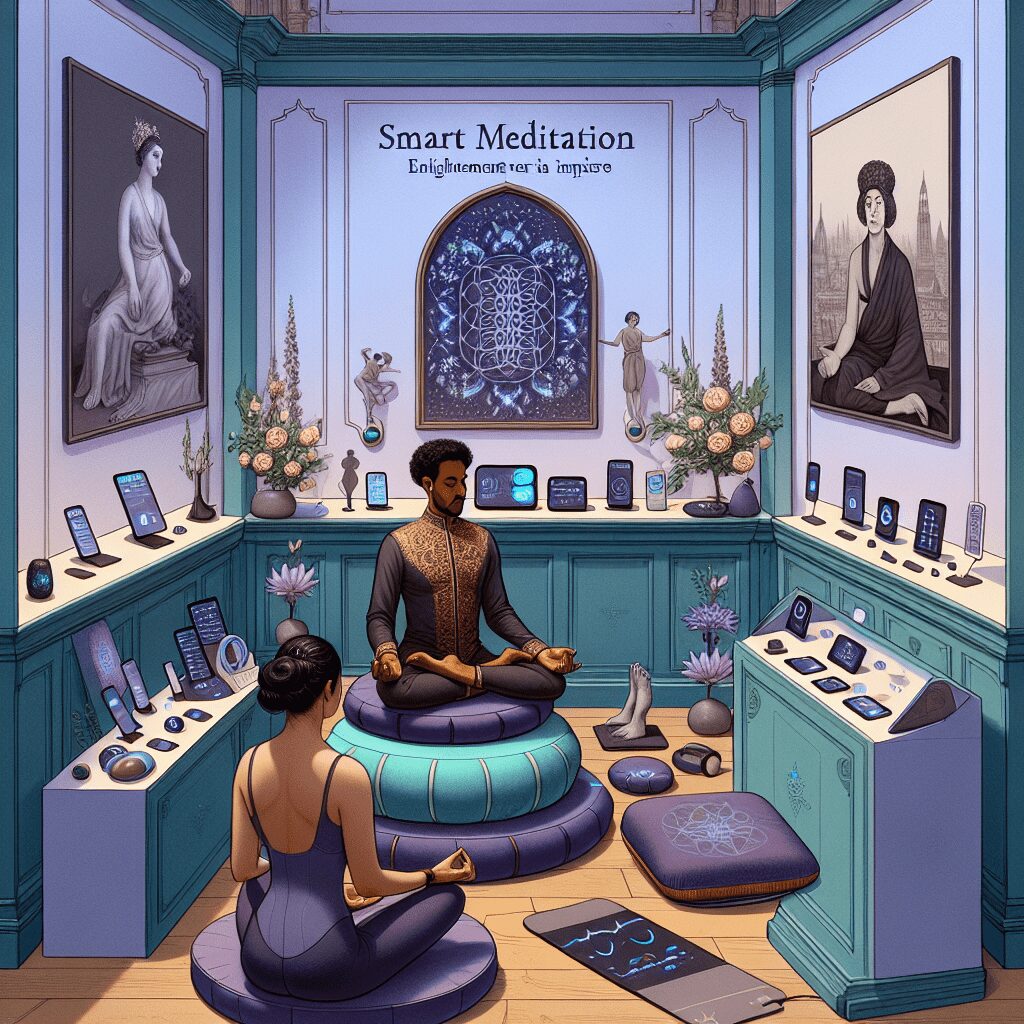
Prioritize your mental well-being daily. Enhance your life by nurturing your mental health with the Smart Meditation app. Break free from stress, alleviate anxiety, and enhance your sleep quality starting today.
Zen Aesthetic Appreciation
The Art of Savoring Zen Aesthetics
In today’s fast-paced digital era, slowing down to appreciate the nuance and beauty of the present moment can seem like a herculean task. Yet, nestled within the ancient traditions of Zen Buddhism, lies a treasure trove of aesthetic appreciation that promises not just peace of mind, but a deeper engagement with the world around us. This is Zen Aesthetic Appreciation – an art form that elevates everyday simplicity into moments of profound beauty and insight.
Zen Aesthetics: More Than Meets the Eye
At its core, Zen aesthetics revolve around a set of principles that prioritize simplicity, asymmetry, subtlety, and a deep reverence for the natural world. This aesthetic framework can be observed in various traditional Japanese arts such as tea ceremonies, calligraphy, and the meticulous arrangement of rocks and sand in Zen gardens. Each of these practices underscores a fundamental Zen teaching: the value of mindfulness and the beauty of imperfection.
-
Wabi-Sabi: Embracing Imperfection It’s a term that’s thrown around a lot, but what does Wabi-Sabi really mean? At its heart, Wabi-Sabi is the quintessential Japanese aesthetic that finds beauty in the imperfect, impermanent, and incomplete. It’s the crack in a teacup that reveals a history, the uneven glaze on a handmade bowl, or the fleeting beauty of autumn leaves. Wabi-Sabi teaches us that there’s something profoundly beautiful about embracing life’s natural cycle and finding depth in the marks that time leaves behind.
-
Kanso: Simplicity is the Ultimate Sophistication Kanso, or simplicity, strips away the unnecessary, leaving only what is essential. It teaches us to declutter not only our physical spaces but our minds as well. In a world bombarded with information overload and excessive consumerism, the principle of Kanso invites us to breathe, to clear the decks, and to prioritize the value of open space – both external and internal.
-
Shibumi: Beauty in the Understated Ever heard the saying, “less is more”? That’s Shibumi in a nutshell. It’s an aesthetic value that champions subtlety and effectiveness without being overtly flashy. Shibumi may be found in the unadorned elegance of a Zen garden or the pared-down design of traditional Japanese architecture where every element serves a purpose, free from superfluous decoration.
Integrating Zen Aesthetic Appreciation into Your Daily Life
You might be thinking, “That’s all well and good, but I don’t live in a Zen garden or partake in tea ceremonies.” Fear not! Incorporating Zen aesthetics into your everyday life is simpler than you might think. Here’s how:
-
Mindful Observation: Kick-start your journey by slowing down and observing your environment with fresh eyes. Appreciate the beauty in the small things – the way light filters through your curtains, the sound of rain against the window, or the intricate patterns of tree bark.
-
Declutter Your Spaces: Inspired by Kanso, begin decluttering your living and workspaces. Removing unnecessary items can have a profoundly calming effect, making room for things that truly matter.
-
Embrace Imperfection: Next time you notice a flaw in something or yourself, pause. Instead of rushing to correct it, appreciate what it represents – growth, change, and the beauty of natural processes.
Zen Aesthetics and Technology: An Unexpected Harmony
In an intriguing twist, the principles of Zen aesthetics find a new home in the digital age. Meditation apps for Android and iOS are leveraging these timeless principles to help users find peace amidst the chaos of modern life. These apps often incorporate elements of Zen design and philosophy, providing guided meditations, calming visuals, and sounds that echo the tranquility of a Zen garden.
By engaging with these digital tools, users are invited to carve out moments of Zen in their day-to-day lives – proving that even in the age of information, the principles of Zen aesthetic appreciation have not just survived; they’ve thrived.
Whether it’s through a meticulously arranged Zen garden, the simplicity of a decluttered room, or the tranquility offered by a meditation app, the essence of Zen aesthetics is a gentle reminder. A reminder to slow down, to appreciate the impermanent beauty around us, and to find peace in the here and now. In embracing these principles, we may just find that beauty, indeed, lies in the eyes of the beholder.





